Based on a 1935 chassis
A bit provocating, this assertion is nonetheless true as the obsolescent light tank Stridsvagn M/41 was a license-built version of the Skoda TNH tank, from which the basic chassis design dated back from 1935. The previous troop transport in service with the Swedish Army then was the Volvo-Scania KP-Bil, a truck conversion which had its flaws like an open-topped compartment, barely compatible with overall protection and the new cold war NBC threats, or off-road capabilities. The Swedish Army then chose to "recycle" old hulls from the now discarded Stridsvagn M/41, and convert them instead as tracked APCs, the first in Swedish service. It was also Sweden's first IFV (Infantry Fighting Vehicle).Design of the PBV 301
Engineers from Landsverk had 238 Stridsvagn m/41 produced in 1942-44 at their disposal and comprehensively erased the superstructure and turret, and completely reworked the interior. A new superstructure was built above, with a sloped front glacis, sloped sides and a flat rear, equipped with large-two pieces access doors. The engine (a compact and more modern Svenska Flygmotor B44 gasoline giving 160 hp or 119 kW) was relocated to the front left side but was still partly accessible from the inside of the vehicle. There was no separation between the driver and commander's seats and the infantry behind, 8 fully equipped infantrymen seated on folding seats with storage boxes under. The welded RHA armor was only 8 mm (0.3 in) at the thickest, providing protection against small arms fire and shrapnel.The driver was seated on the left-hand side and the commander to the right, in échelon to the rear compared to the driver and facing rearwards when operating the remote controlled main weapon station. Both had armored flaps without sight slits but the commander had additional three vision blocks. The roof comprised a cupola for the commander to the left with six vision blocks and a smaller cupola to the left-rear for the crew, with four vision blocks. The engine exhaust was installed to the front left side, facing downwards. Storage boxes were welded to both sides. There was a large access trap at the lower front part of the glacis to access to the transmission, gearbox and fuel tanks. The main armament was a remote-controlled Bofors 20 mm automatkanon m/45B manned by the commander. The Pansarbandvagn 301 had no secondary armament, no amphibious capabilities nor NBC protection.
Variants
- 185 of the regular production version were delivered by Landsverk AB.- 20 of the command vehicles version of Stridsledningspansarbandvagn (SLPBV) 3011 were also delivered.
- 15 of the forward artillery observation vehicles Eldledningspansarbandvagn (EPBV) 3012 were also delivered.
A short operational history
This APC was converted from the prototype built in 1959 and accepted in 1960 to 220 vehicles (including variants) and introduced into service in 1961. The Pansarbandvagn 301 was largely seen as seen as a transitional, stopgap vehicle until the model 302 was introduced. It replaced the Kp-Bil in the 1960s but was itself superseded and replaced fast in 1971, after only ten years of service.Links about the Pansarbandvagn 301:
The Pansarbandvagn 301 on WikipediaAdditional photos from the Pansarmuseet
Pansarbandvagn 301 specifications |
|
| Dimensions (L-w-h) | 4.66 x 2.23 x 2.64 m (15.3 x 7.4 x 8.8 fts) |
| Total weight, battle ready | 11.7 t (?? lbs) |
| Crew | 10 (commander/gunner, driver, 8 infantry) |
| Propulsion | S.Flygmotor B44 gas. 160 hp (119 kW) p/w 13.68 hp/t |
| Top speed | 45 km/h (28 mph) |
| Range | 300 km (190 mi) |
| Armament | Bofors 20 mm automatkanon m/45B (0.7 in). |
| Suspensions | Leaf springs |
| Armor | Max 8 mm (0.3 in) |
| Production | 185 (Pbv 301 only) |
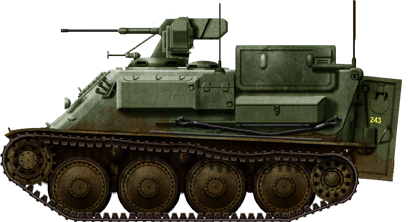
Pbv 301, with all doors and roof hatches opened. The latter served as improvised shield for firing in a standing position, hatches locked in place.
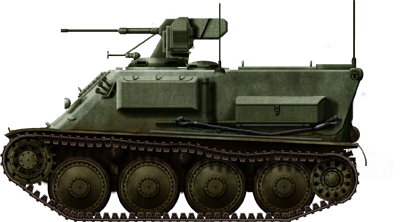
Pbv 301. The 20 mm Bofors made it in effect an Infantry Fighting Vehicle.
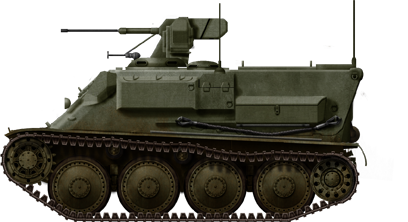
Pbv 301. No photos shows any camouflage for this serie.
Gallery Pbv 301
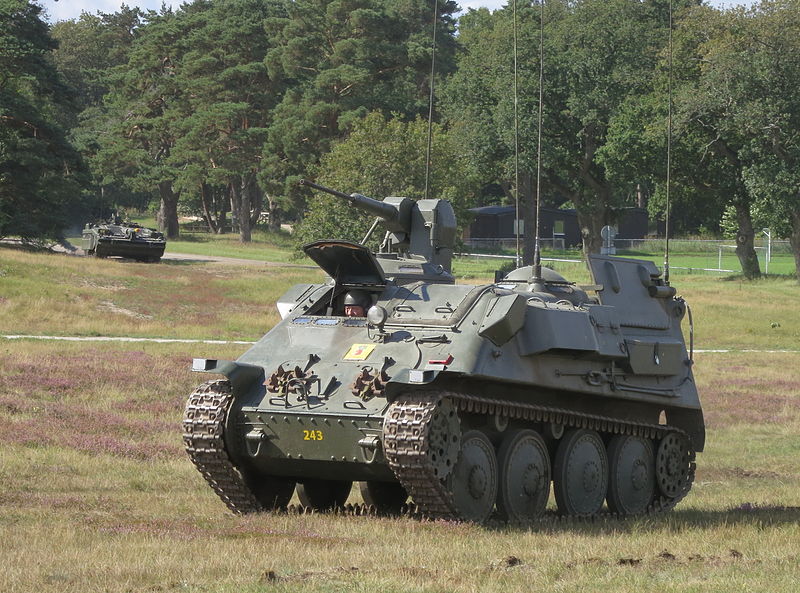
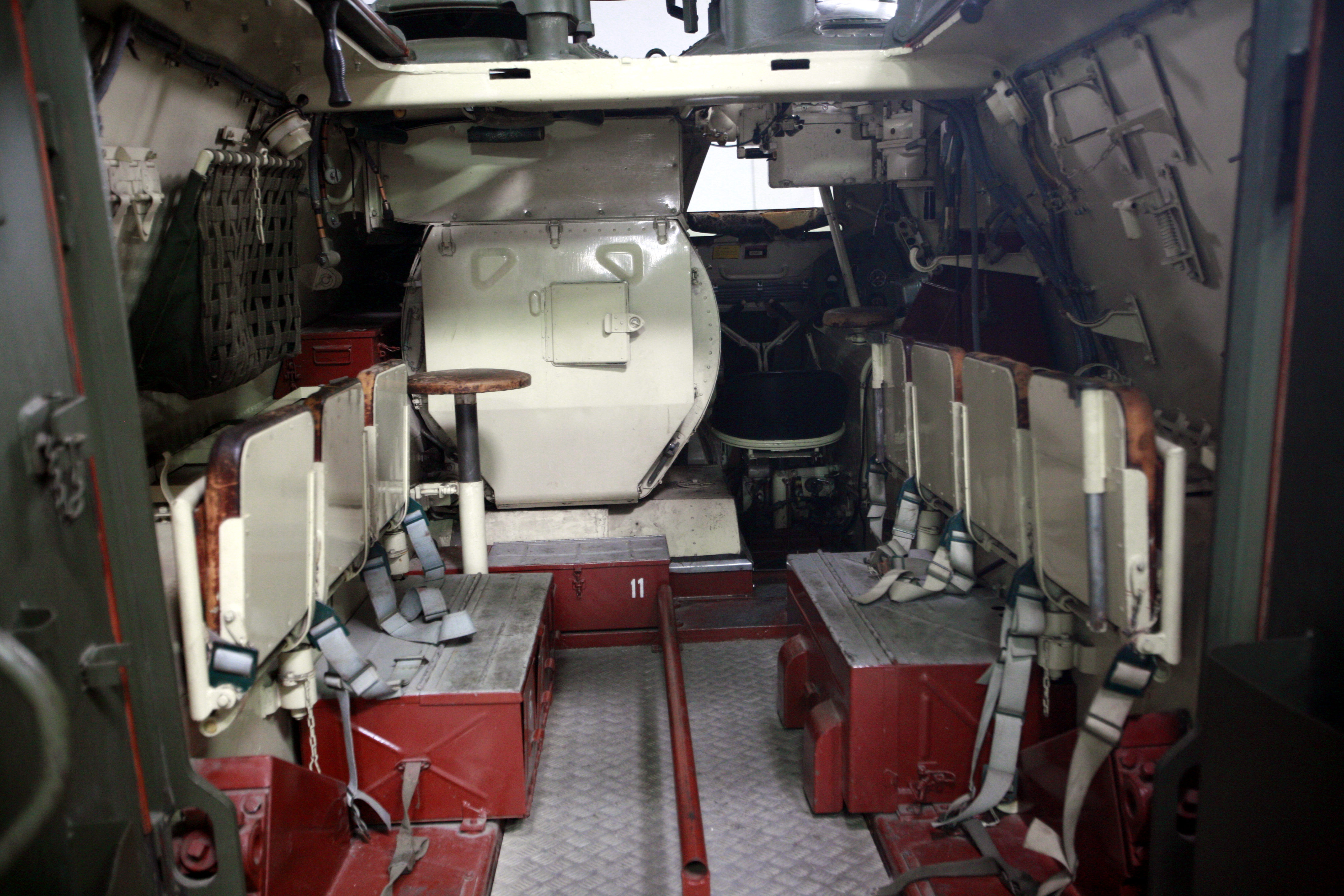

Cold War Tanks


































Cold war tanks posters

Cold War Main Battle Tanks

Cold War Soviet Army
Museums, Movies, Books & Games
The Tanks and Armor in pop culture
Tanks and armored vehicles in general are only really grasped when seen first person: The mass, the scale, it's all there. Explore also the way tanks were covered in the movie industry, in books and in video games.Movies:
Best tanks movie on warhistoryonline.com
On imdb.com
On bestsimilar.com/
miltours.com
liveabout.com/
watchmojo.com
Video Games:
pcgamesn.com
historyhit.com
levvvel.com
vg247.com/best-tank-games
mmobomb.com/
alienwarearena.com

